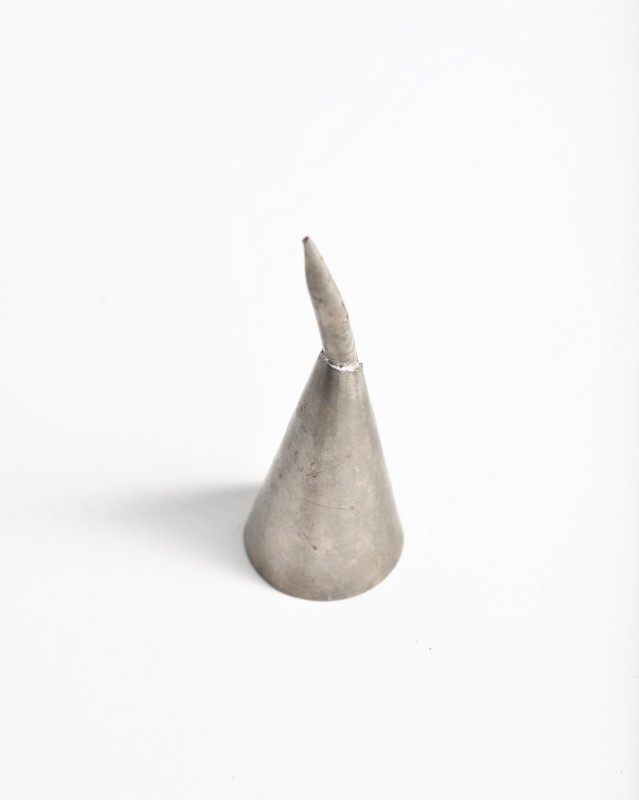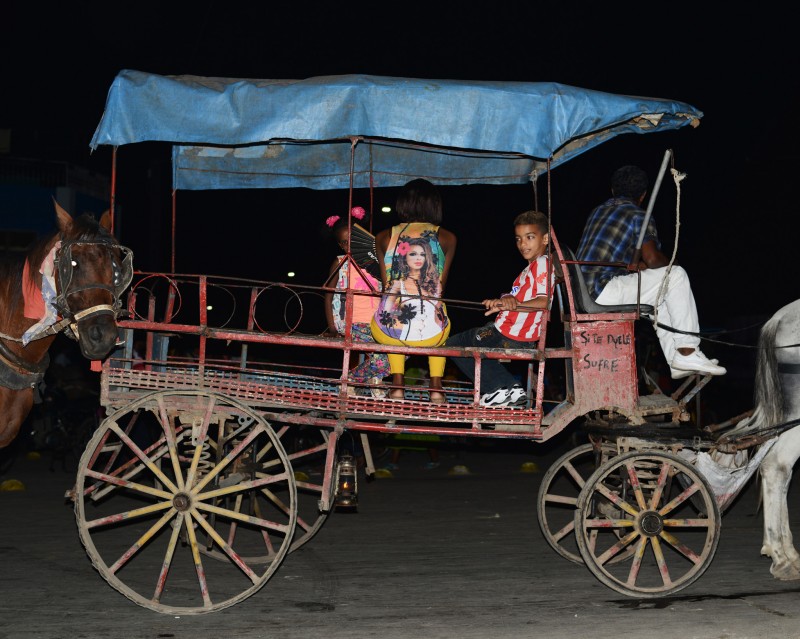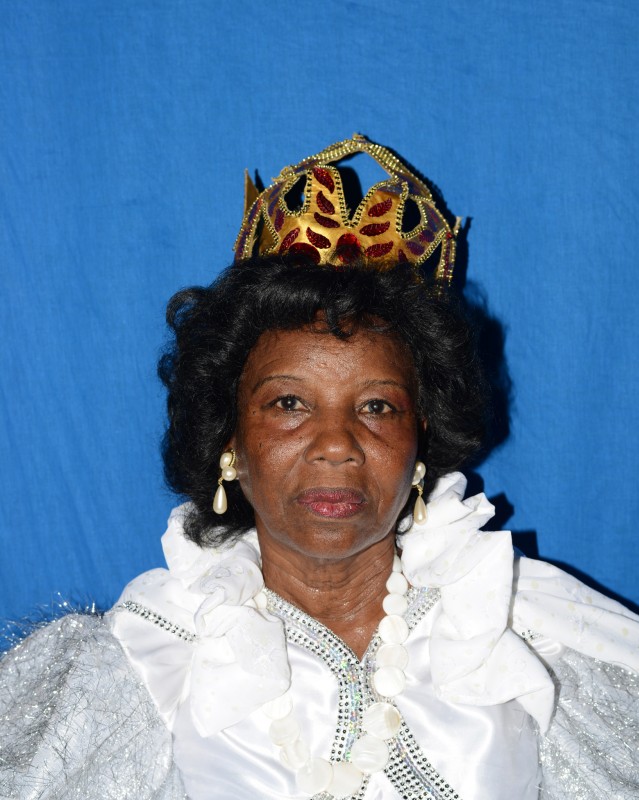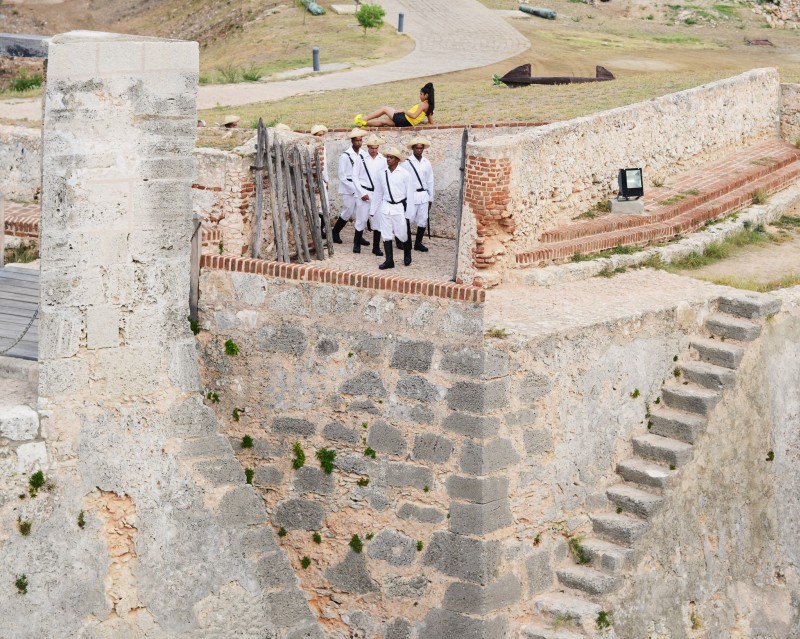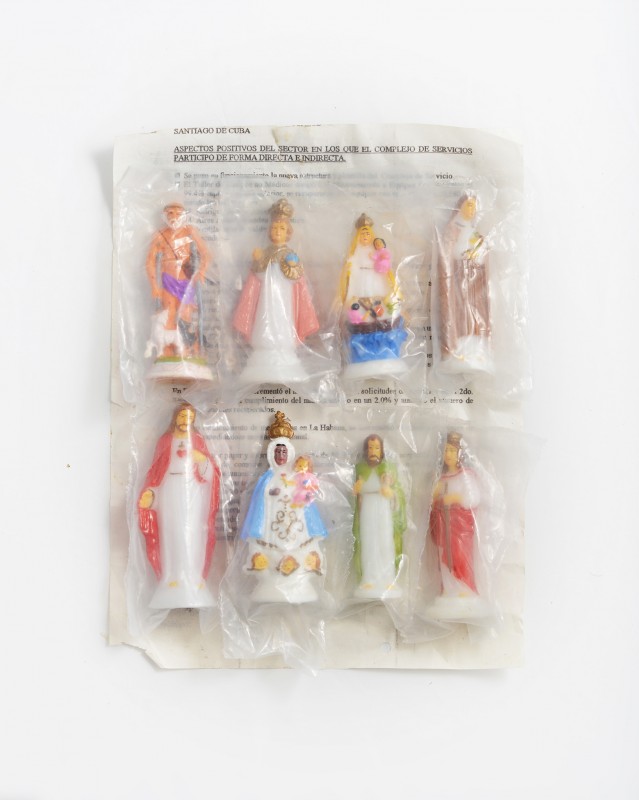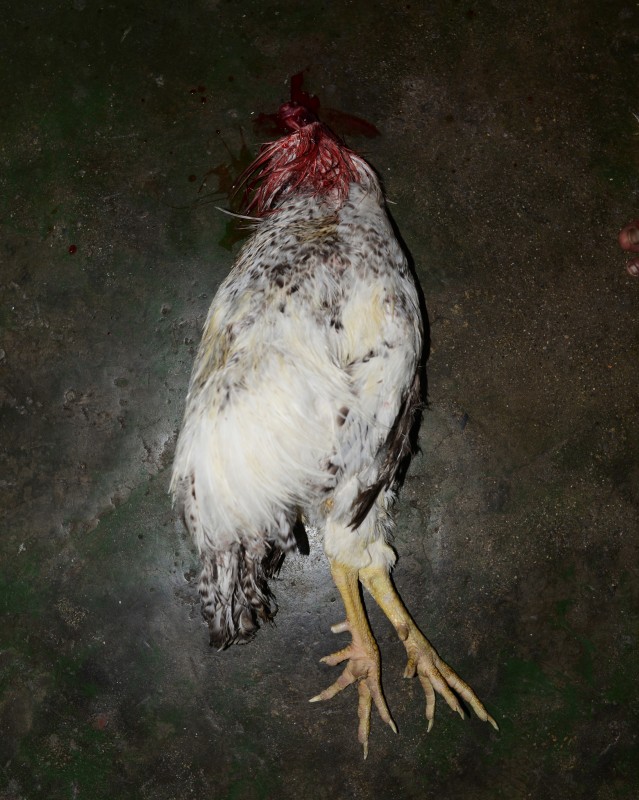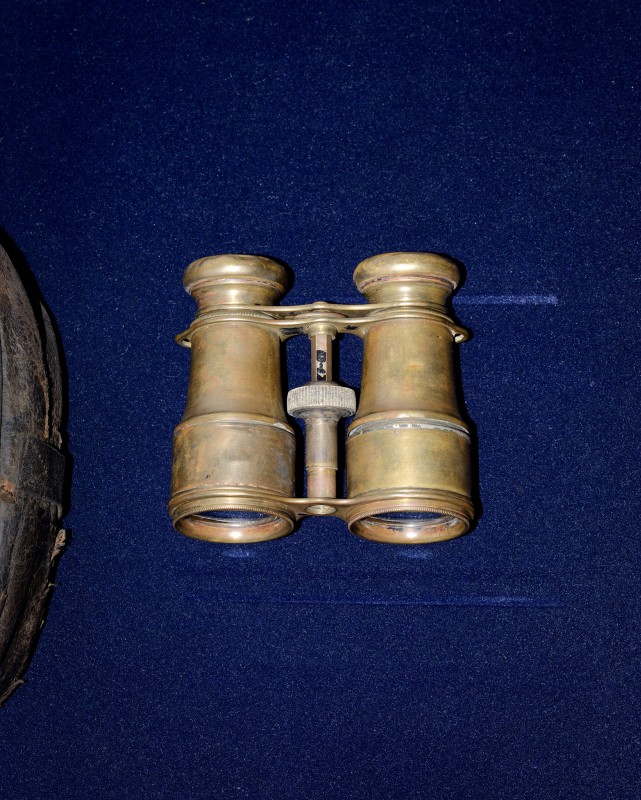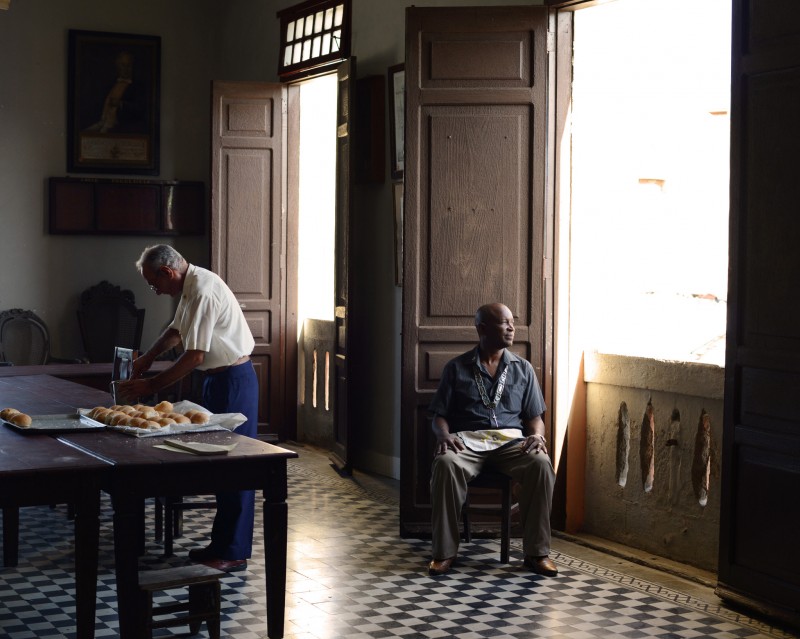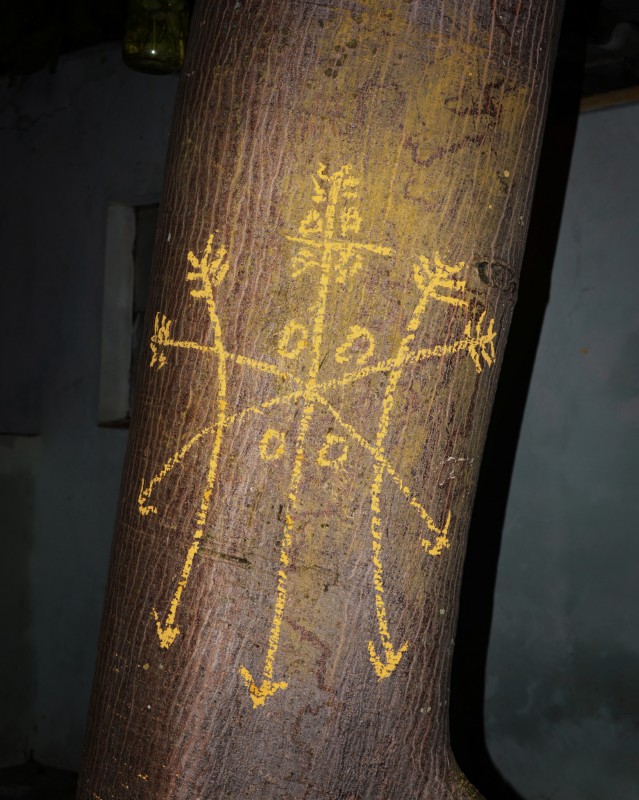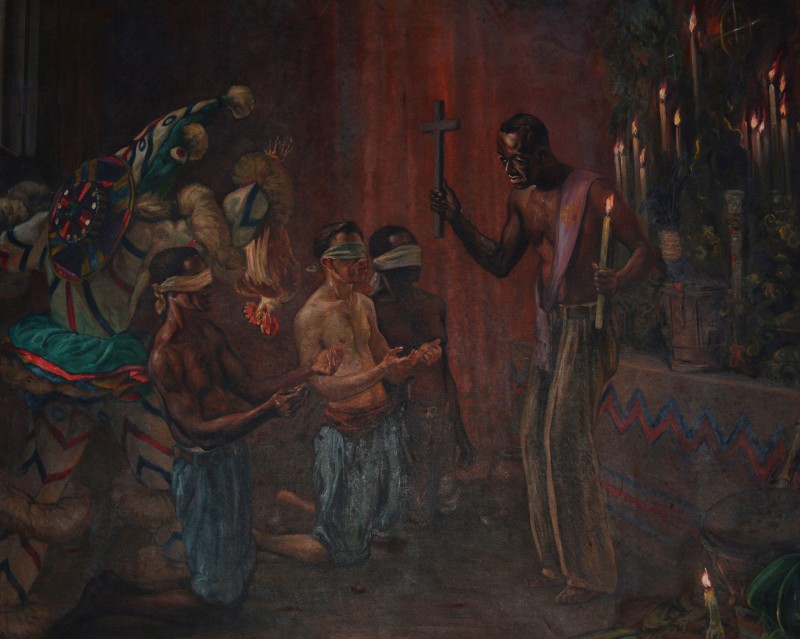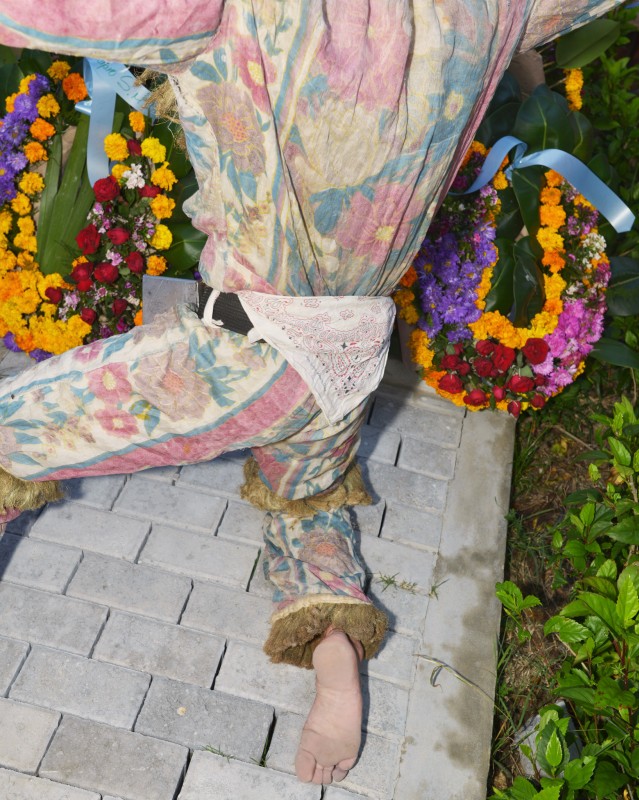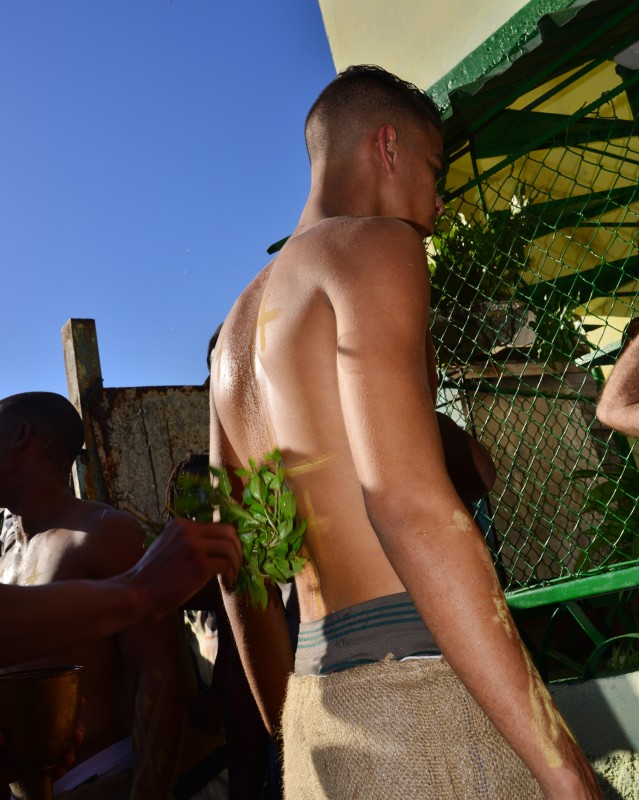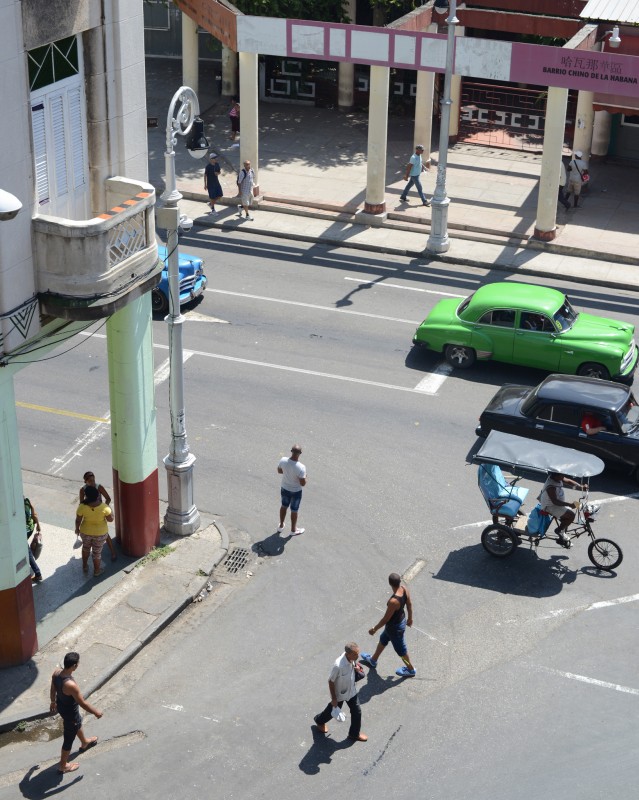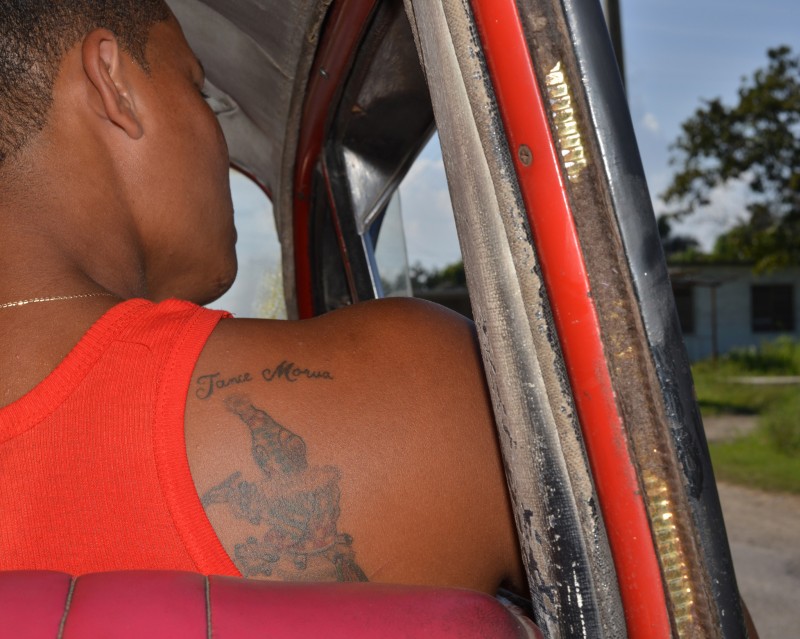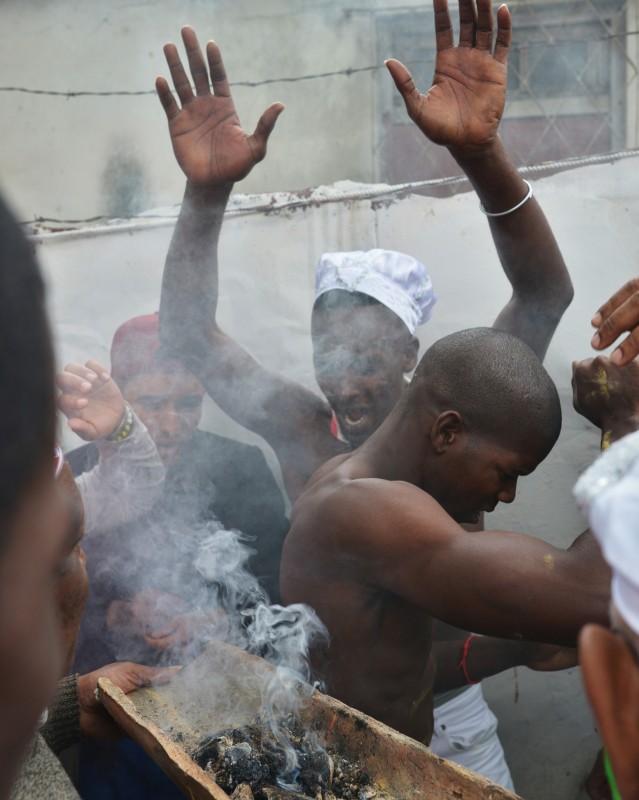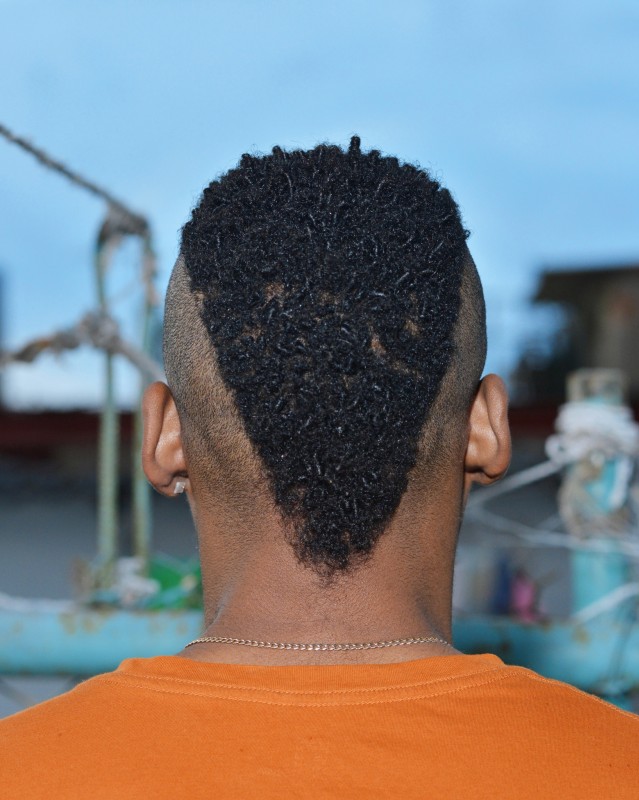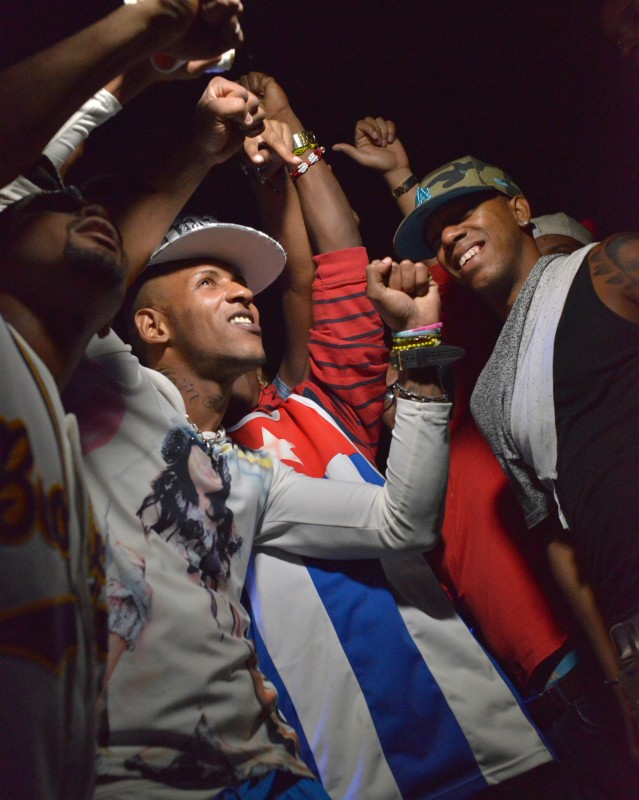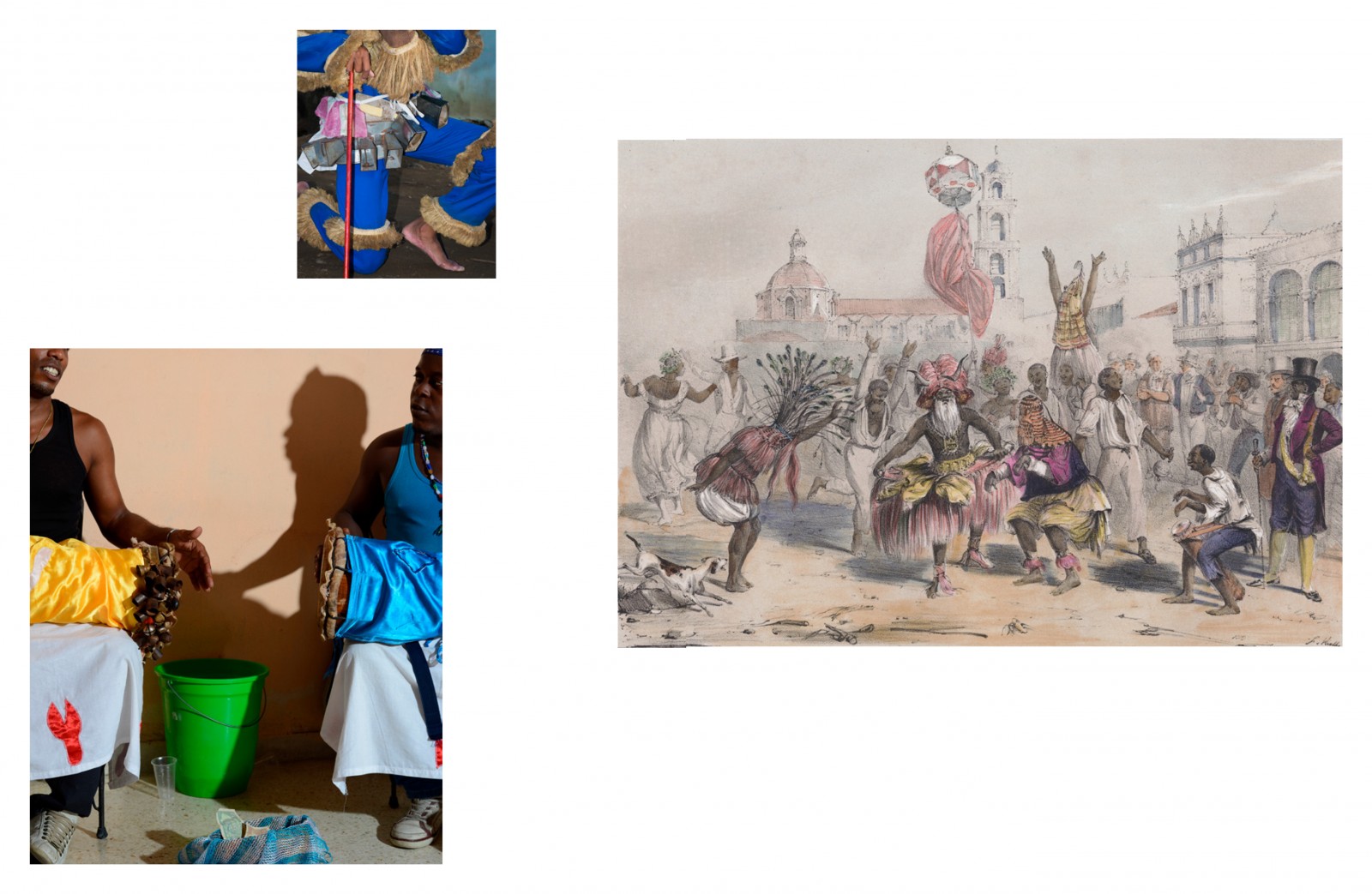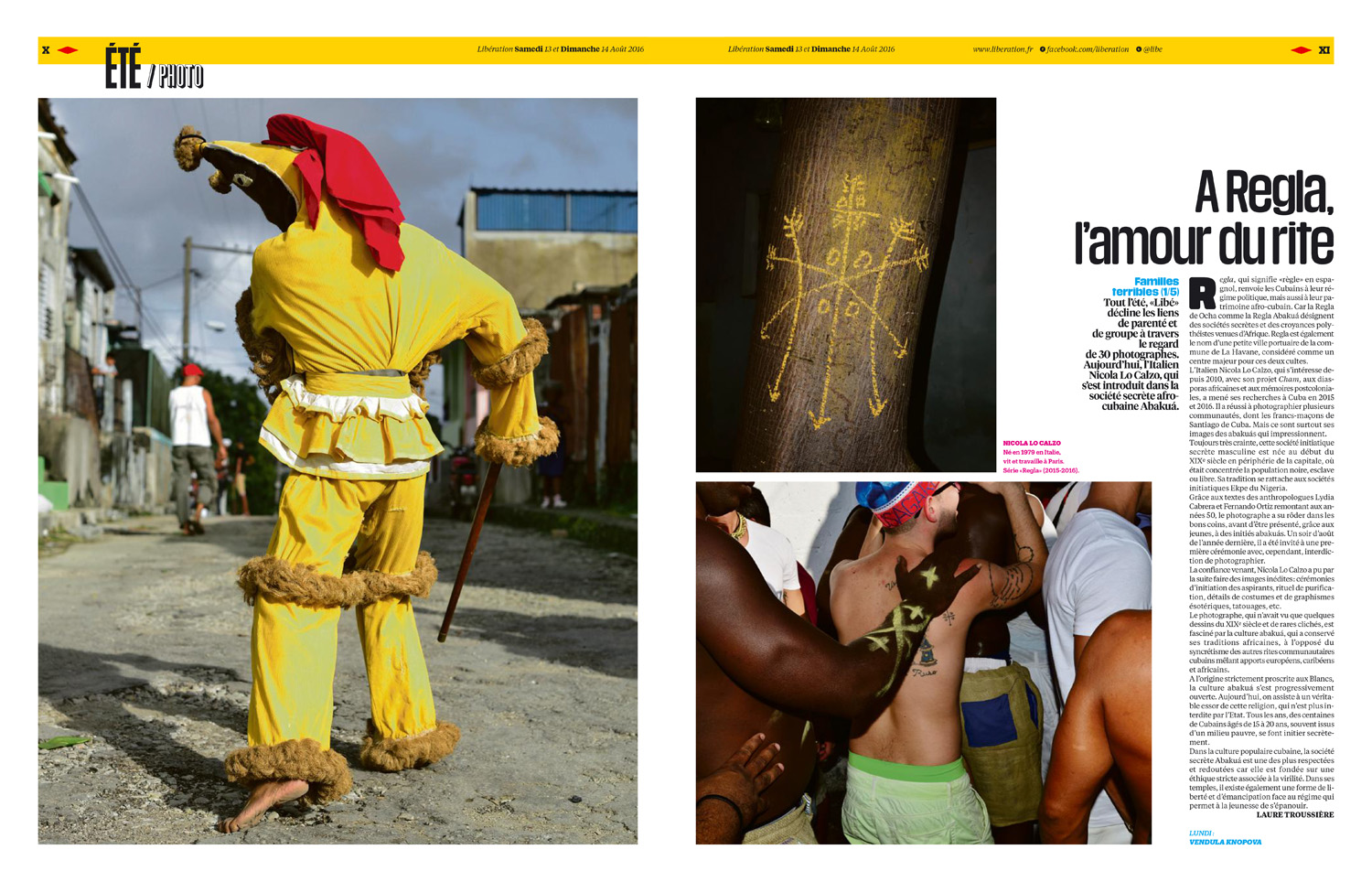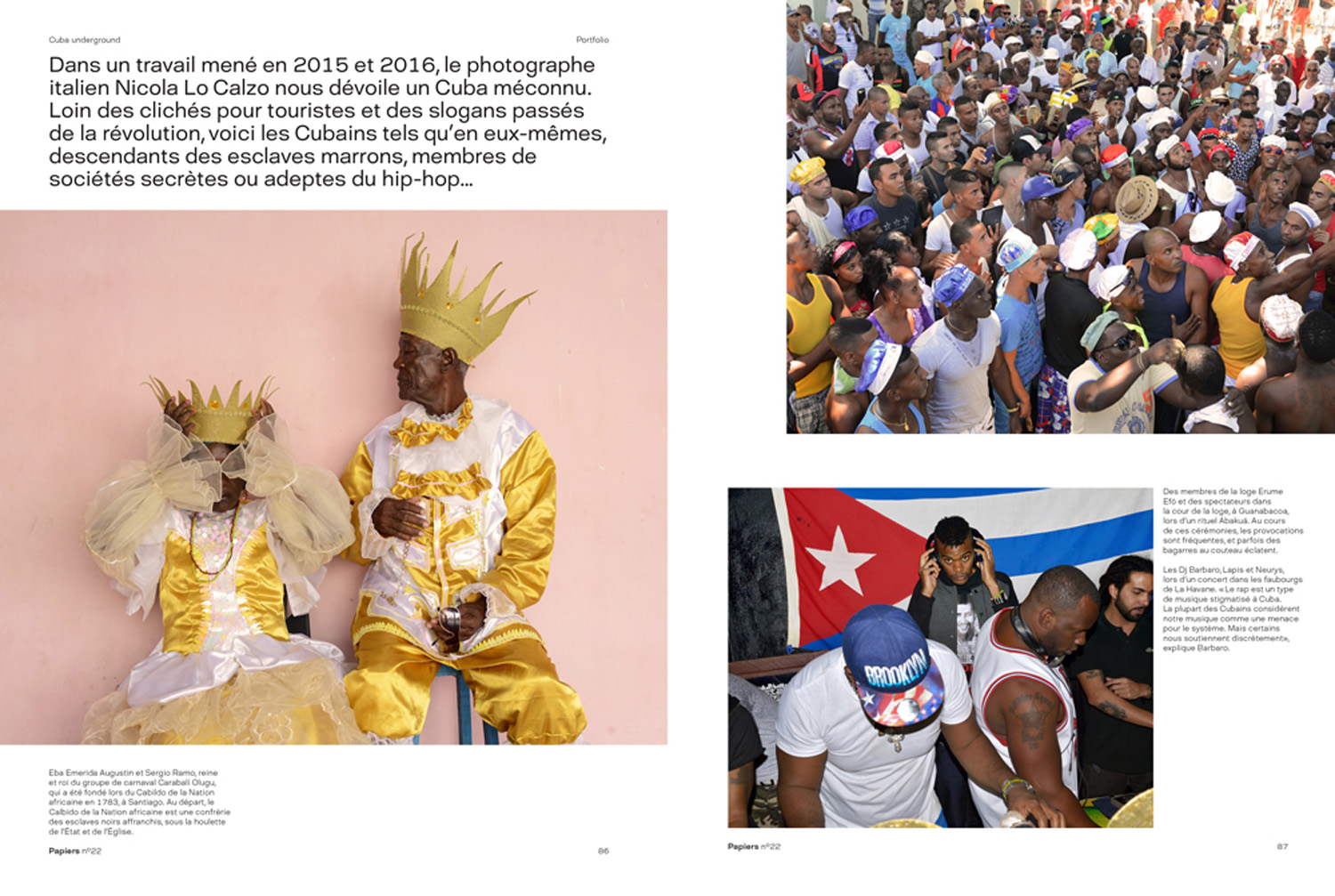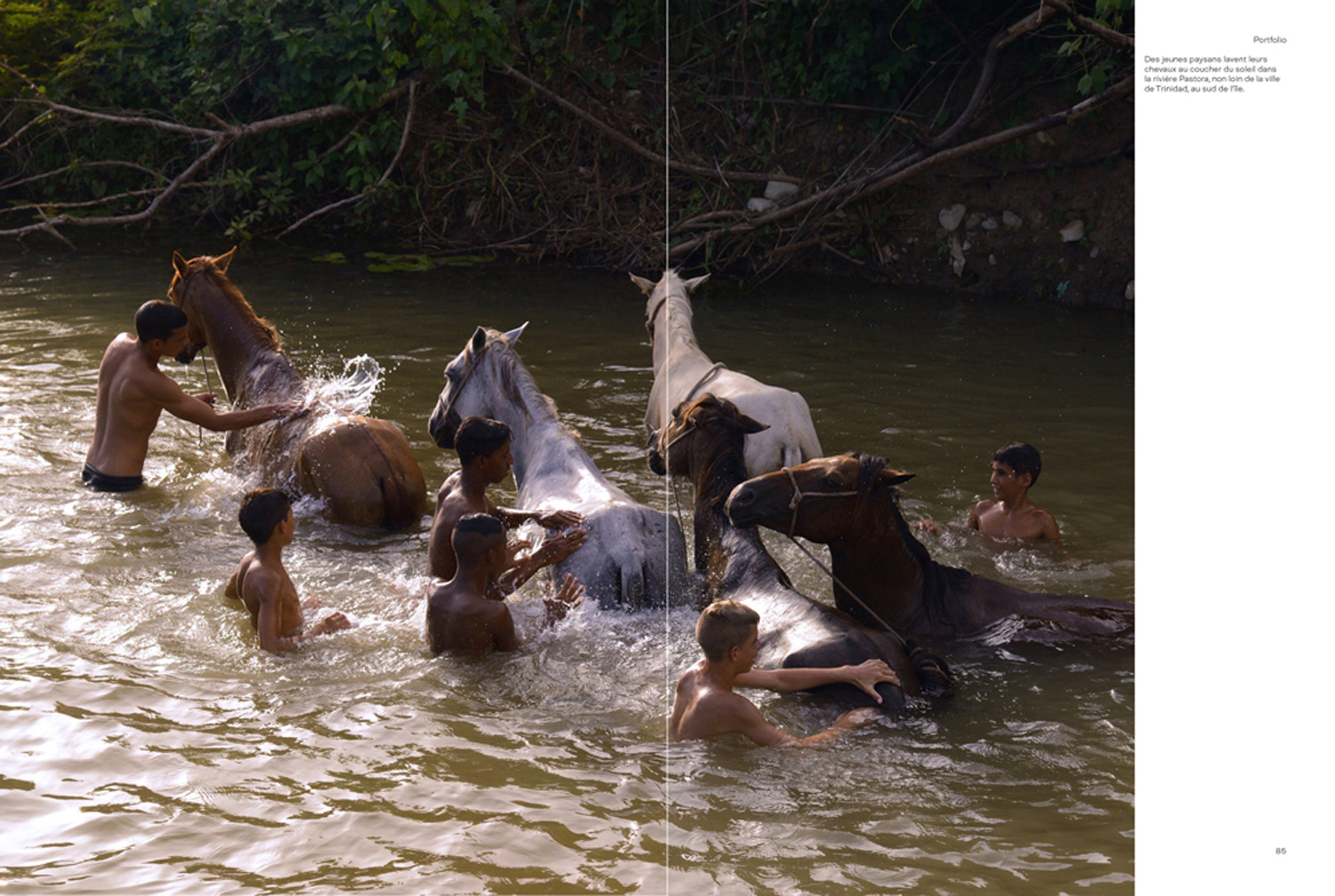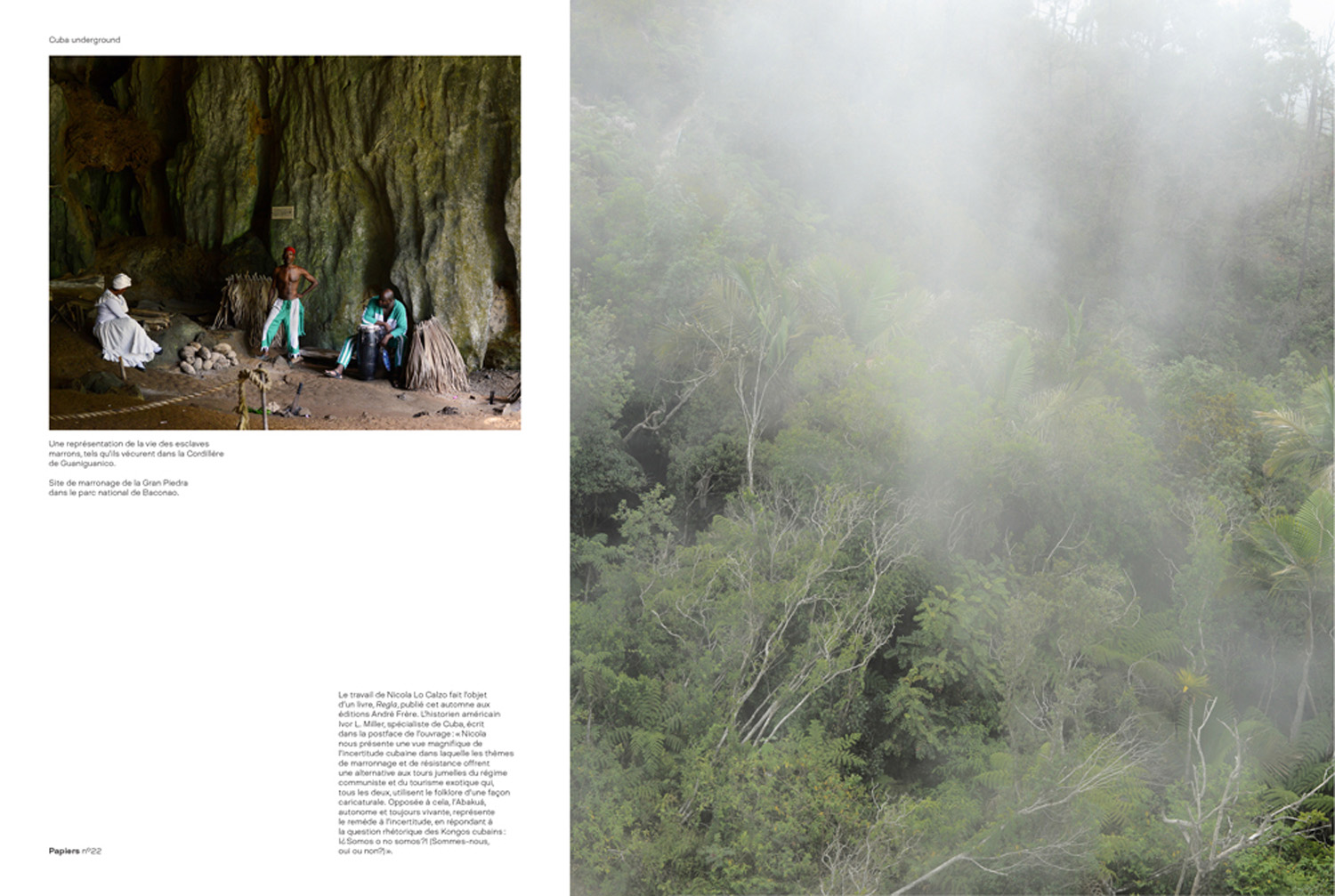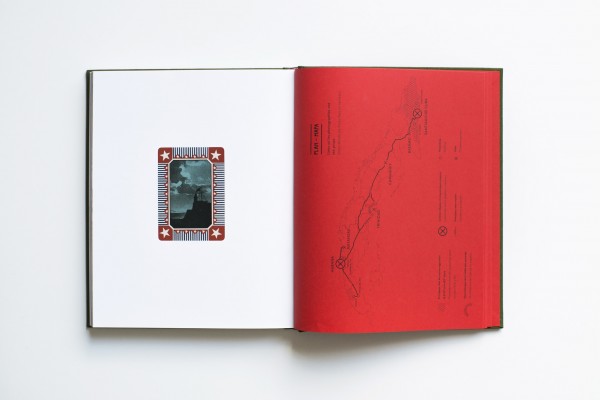Regla : Afro-Cuban Heritage Caught between Emancipatory Practices and Colonial memory
In Cuba, the word regla has multiple meanings. Above all, it is the name of the port city, Regla, located on the periphery of Havana and one of the most important religious centres of the country. Regla also refers to the three major Afro-Cuban religions: the Regla de Ocha or Regla de Ifá, better known as Santería, the Regla de Palo, and the Regla Abakuá. Lastly, in Spanish, regla means rule, precept or law, and, by metonymy in Cuba, the Cuban regime. Cubas has two faces. The first is seen by the general public. It is the face of the Cuban revolution. The face of myth and of the motherland….
And then there is the face of the other Cuba, which is underground and shrouded in silence and secrecy. It is invisible to most. This face is made up of singular subjects, ordinary Cubans, the working masses who – on their way home after their daily patriotic duties – leave the “us” of the nation behind and take up the “I” of their differences, their idiosyncrasies, their multiple and contradictory imaginations.
This expression of the “I” owes much to Afro-Cuban culture, born in the heart of the slave plantation as a survival mechanism in the face of barbarity. In the course of its history, this African heritage, despite the violence of the colonial regime, has been transmitted from generation to generation within confined spaces, whether authorised or not: the barracon (the slave quarters on a farm), the palenque (a community of Maroon slaves taking refuge in the forest) and the cabildo (a legally authorised Black brotherhood outside of the city centre).
With the dismantling of the colonial system, the barracones and the palenques gradually lost importance in favour of the urban tradition of the cabildos, from which most of contemporary Afro-Cuban heritage is derived.
This is how, 130 years after the abolition of slavery, the Carnival comparsas, the Regla de Ocha, the Regla del Palo Monte and the Abakuá secret society are all still very active religious and secular practices in Cuba. They are a social spaces of resistance and countervailing power that originated in the emancipation of slaves and the abolition struggles of the 19th century. Alongside the Afro-Cuban and Masonic mystics who have shied away from open discussions of identity or politics, the hip-hop movement, which was imported from the United States in the 1990s, is also participating in the creation of a new environment of liberty for the younger generations.
Beyond the contradictions and discontinuities unique to each of these platforms of expression, the Regla project examines existing links between areas of self-expression in contemporary Cuba and the resistance and survival strategies employed by freed and enslaved Africans during the colonial era. Regla also seeks to highlight a historical perspective on the fundamental role played by Afro-descendants in the establishment of these marginal expressions of freedom, which continue to impact significantly on the definition of the contemporary Cuban society.
Nicola Lo Calzo


